The traditional approach to building enterprise applications typically meant an expensive, year-long process. Rising citizen expectations and the pace of digital transformation required a new model. A low-code solution streamlines development and empowers users with little to no programming experience to build applications.
The low-code approach enables governments to respond to changing demands because it is affordable and uses an iterative approach. Many low-code platforms can be adapted to support the public sector and be configured to operate in government environments. Because the development cycle is increased, more solutions can be built that benefit departments and agencies.
Traditional software development platforms use custom coding that is capable of meeting the requirements of government agencies down to the smallest detail. Developers can also make changes to the applications. However, with longer development cycles, it takes more time to build applications.
Often, local governments have small IT teams or no internal IT resources at all. Yet, these offices still must modernize their services to citizens, delivering information and collecting data on mobile devices. These mobile apps can cost tens of thousands of dollars or more, and take months to build.
Low-code development solutions help government IT staff, or teams with little development experience at all (citizen developers), build the mobile apps they need to modernize government offices and the services they provide.


The government sector use low-code platforms to modernize their customer-facing systems. For example, FCW recently profiled several government agencies' use of low-code development technology to streamline operations and gain efficiency.
These low-code solutions took only a few months to develop, not years as with traditional development. With Alpha Anywhere, you can develop these types of applications and have them work remotely with or without a Wi-Fi or mobile signal. (You can get Alpha Anywhere for free.)
Government agencies are turning to low-code platforms to help create more transparency, trust, and accountability in federal services. With low-code tools, agencies can develop powerful, scalable, and secure applications without relying too heavily on IT or development resources.
Here are a few ways government agencies are using low-code platforms to improve their citizens' experience.
Improving data accuracy: Governments are usually very efficient when it comes to processing citizens' papers. However, when errors occur, it lengthens processing times. Using a low-code platform to automate these processes prevents errors and avoids bottlenecks.

Increasing accessibility: Mobile apps and self-service portals help minimize errors and delays in government transactions. They enable businesses and citizens to submit their applications online, around the clock, from desktop or mobile devices.
Updating information and automating processes: Whenever policy changes, it can take time for government agencies to make this information public and change existing processes. Using a low-code platform, government agencies can build an app that provides updates, customizes and automates processes.
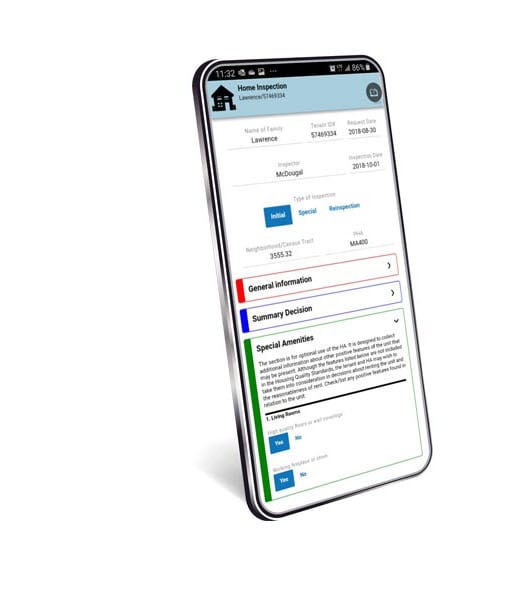
Government agencies lack the technical resources of large corporations. Low-code and no-code applications enable government agencies to close this gap to save time and money, improve services, and increase employee satisfaction.
Low-code and no-code platforms enhance the technical capabilities of users at all levels. User-friendly interfaces and AI-enabled features allow tech-savvy workers to build high-quality applications with minimal coding. Simultaneously, IT and development teams control security, governance, and digital infrastructure within the platform. Low-code tools also improve collaboration, leading to 10x the productivity in app development.
Most government agencies don’t use data to its fullest potential. There are mountain loads, but most of it is of variable quality, exists in silos, and goes unused.
A complete overhaul is unrealistic and unnecessary with a low-code platform. With these tools, new workflows can leverage and enhance existing systems and data sources without replacing them. Low-code workflows can be created not only to automate data entry and clean up existing data, but also to generate useful process data.
Government and industry have begun to use journey mapping that literally maps the citizen experience from the beginning of a process to its completion. This can be very complex when it comes to government processes that involve multiple organizations, databases, systems, and people. That multiples the problem when the steps can result in many different outcomes.
Low-code automation platforms save agencies time, money, and resources when migrating data from multiple, disparate legacy systems. These platforms can pull data, aggregate it for operational use, and then upload data back to its original source. This enables agencies to access citizen data quickly without delay.

Low code software can dramatically improve citizen experiences with the local government while streamlining work for government employees.
Government agencies can access data quickly, host anywhere, and run anywhere. This allows organizations to connect to and extend existing IT assets. Applications can be deployed in the cloud, ‘on-prem’, or in a hybrid environment. With low-code platforms, developers only need to build solutions once, and they are automatically distributed to smartphones, tablets, and personal computers.
Intelligent Automation (IA) improves the citizen experience by leveraging the power of low-code development. Intelligent Automation reduces call volume in call centers and checks the status of service requests by providing communication and transparency.
Artificial Intelligence (AI), and Robotic Process Automation (RPA), with enterprise workflows and case management, create journey maps. Artificial Intelligence can route emails faster by using sentiment analysis. Robotic Process Automation means citizens do not have to type identical information (name, address, phone number) multiple times on numerous systems.
![]()
Visual LANSA is a low-code platform that makes it easy for professional programmers working for government agencies and other businesses to build desktop and mobile applications. LANSA’s single-language approach means developers can focus on building solutions without worrying about browser, mobile, and server compatibility.
Alpha Software is another low-code software solution for government groups. Government agencies in different states and localities across the country use this low code software environment to create and deploy apps. Government employees without technical skills can use Alpha TransForm to convert paper forms. Examples include incident reports, inspections, and permits that increase employee efficiency, improve the citizen experience, and reduce data entry errors when turned into mobile apps.
Offline functionality is also critical for transportation, construction, medical, and emergency workers. In addition, licenses can be reviewed, vehicles registered and taxes paid from mobile devices. With Alpha Anywhere, developers can create enterprise apps to make workflows and other complex processes more efficient.
While businesses are affected by a technical skills gap, this situation is more acute for government agencies. Like many organizations, government agencies face IT backlogs. Supply cannot keep up with demand. According to Nextgov.com since 2010, “the number of retirement-age federal IT specialists grew 64 percent and the number of young technologists in government shrunk 30 percent”
The problem for government agencies is not just the shortage of technical talent, but also recruitment. They are not able to offer the same high salaries that large organizations or Silicon Valley companies can. The hiring process also tends to be much slower.
There is a solution. Low-code and no-code platforms enable a larger number of government workers to build highly functional applications that will automate repetitive, time-consuming tasks that improve productivity and reduce IT bottlenecks.
Drag-and-drop, point-and-click, and user-friendly interfaces enable non-technical employees to create solutions. This helps government and federal agencies which have a shortage of technical talent. In addition, these interfaces support employee engagement and efficiency.
The benefits of low-code and no-code platforms for federal agencies are similar to those for large enterprises. These include the ease of building and deploying applications, designing time-saving workflow processes, reporting tools, and digitizing paper processes.
Using low-code and no-code platforms agencies can build applications for emergency services, construction, medical, and other public services. The apps can include offline capabilities and integrate with third-party and legacy systems.

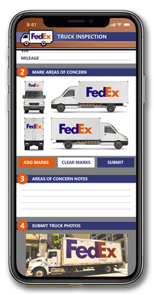
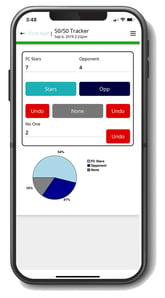
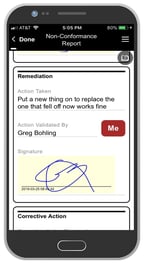
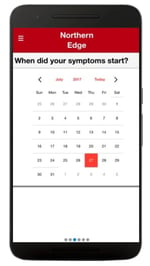
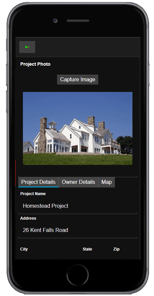
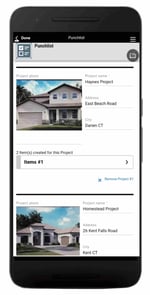
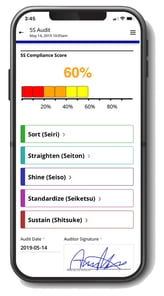
Low-code platforms enable government agencies to increase efficiency and move into the digital age. These platforms provide citizens with the service they deserve.
For example, they can renew driver's licenses, pay taxes, and register vehicles from mobile devices from anywhere. Low-code tools also benefit public services by keeping track of resources and enabling a more effective response in emergency situations. Remote workers who work in transportation, construction, medical, and other sectors also benefit from offline functionality offered by Alpha Software.
The Alpha platform is the only unified mobile and web app development and deployment environment with distinct “no-code” and “low-code” components. Using the Alpha TransForm no-code product, business users and developers can take full advantage of all the capabilities of the smartphone to turn any form into a mobile app in minutes, and power users can add advanced app functionality with Alpha TransForm's built-in programming language. IT developers can use the Alpha Anywhere low-code environment to develop complex web or mobile business apps from scratch, integrate data with existing systems of record and workflows (including data collected via Alpha TransForm), and add additional security or authentication requirements to protect corporate data.
Alpha Software Corporation, based in Massachusetts, produces award-winning software that speeds mobile and web app development and deployment for business and IT. The core technology includes two components. Alpha Anywhere®, a full-stack low-code app development platform for building and deploying web and mobile apps. In just hours, Alpha TransForm® turns complex paper forms into powerful mobile forms that speed data collection.
Alpha Software is an InfoWorld Technology of the Year award winner, and scores near-perfect reviews from customers on crowdsourced review sites.
Customers rate Alpha Software highly for its speed of development, flexibility, offline apps, rich feature set and ability to scale predictably. For more information, visit https://www.alphasoftware.com/